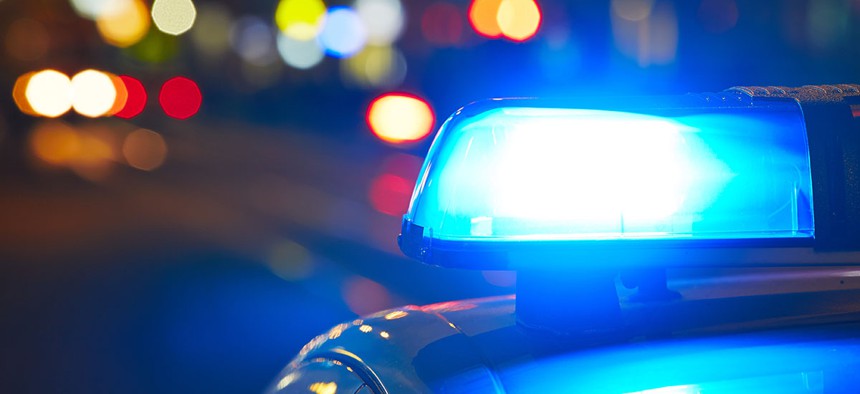You’ll Soon Be Able To Text Photos to Police. But Will You Crash Their Networks?

Jaromir Chalabala/Shutterstock.com
A DHS official says there are new challenges associated with higher-tech emergency communication.
In the next few years, citizens will be able to text photos and videos to public-safety teams. Instant communication with the public will likely make emergency response faster.
But response teams also need to prepare for new challenges, including the risk they’ll receive too much content, or inaccurate tips.
There are several separate efforts to upgrade emergency communication including the ongoing development of FirstNet, a public safety broadband network, and Next Generation 911, the internet protocol that would let the public send content to emergency responders through the 911 network.
» Get the best federal technology news and ideas delivered right to your inbox. Sign up here.
But how might the influx of content change public safety officers’ jobs?
The impact on training could be significant, Homeland Security Department Director of the Office of Emergency Communications Ronald Hewitt said at Tuesday's APCO Public Broadband Safety Summit 2016 in Washington.
When call centers start receiving information from the public, and crowdsourcing information, “It’s going from [being] a communications officer to really being a CIO,” he said. For instance, they’ll need to ensure data collected is passed along to the first responders who need it.
They’ll also likely need to prepare to see some upsetting images, he said.
“It’s one thing just taking that call of a citizen in distress … but what is it when you suddenly now get a picture of ... a severed arm?” Hewitt said.
In the past, a deluge of phone calls might clog phone lines—but soon, it could “be actually just every citizen with a cellphone camera sending that picture in, and they could actually take down your network,” Hewitt said.
“Bad actors” could also find new ways to simulate disasters to distract public safety officers, he added.
Hewitt's office at DHS is meeting with public safety officials “so they understand the magnitude" of the challenges associated with upgrading communication.
"Even though it provides significantly more capability, it also provides more vulnerability," he said.





